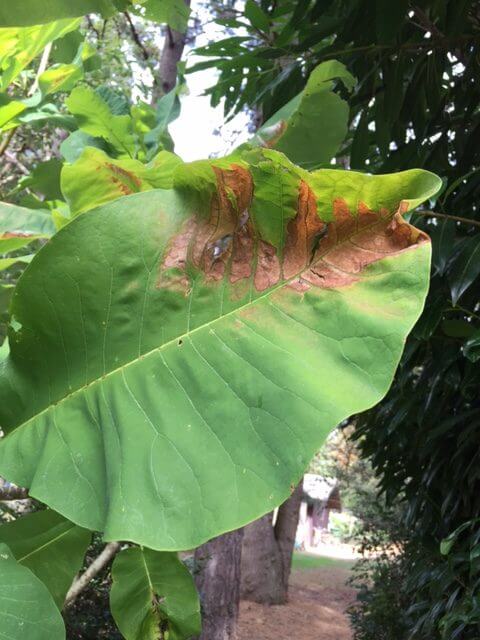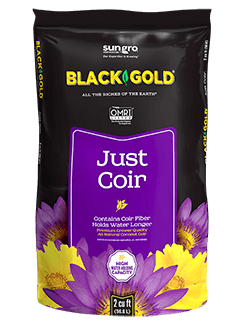
Here in the Pacific Northwest, we have had a summer with some of the highest temperatures and least rainfall on record. I believe that we have had more days with temperatures over 90 degrees F since weather temperatures have been recorded. While gardeners here often say we are in a zone of “winter wet and summer dry”, we certainly do not expect the summers to be this dry. Furthermore, not only were the days hot, the night temperatures did not cool down as usually occurs in the summer.

Garden Drought Stress
As a result of the heat and drought, many plants suffered. Plants were wilting even though the soil was wet as it was so hot for certain plants that their roots could not take in moisture to supply the leaves and the leaves wilted as though they did not have adequate moisture. In my own garden, I would water plants in the morning and see them wilting by noon. I would check the soil and it was moist. As plants stressed and leaves wilted, the leaves would often scorch or become sunburned. It became a constant effort to keep the garden looking good and with garden tour groups coming for a visit, I felt it was imperative to keep my plants looking as good as possible.
Since we do not usually have summers like this, many gardeners including myself had planted many plants that require more cool and moist conditions. Hydrangeas, rhododendrons, and azaleas are mainstay plants in many gardens and these are all prone to heat stress. By August, many plants had leaves that had been scorched,

Garden Drought Stress Solutions
In my garden, I also have many plants in containers and having used Black Gold Natural & Organic Potting Soil proved to be a huge benefit. As the summer heat continued, I used Black Gold Just Coir as a top mulch in some of my pots and this was an excellent mulch to help the soil retain moisture. I have learned that coir, which is coconut pith, has amazing water retaining capabilities. In several of my hanging baskets, I had used Black Gold Cocoblend Potting Soil at the time of planting and this was a tremendous asset in keeping these containers from drying out with the summer sun, heat and sometimes dry wind. Black Gold Cocoblend Potting Soil was particularly effective with the fuchsias and begonias which need plenty of moisture and even in September, these plants were full of flowers and looking great.
Mulching our plants is something we can often forget but the benefits of mulch can be enormous. Mulching helps to conserve water and we are all learning that water is not the unlimited resource that it has been. As an added benefit to mulching, when I am planting new plants in the soil, I regularly use Black Gold Soil Conditioner. I mix it in the soil around the root zone and always work some into the top 1-2 inches of soil.

This was the summer when gardeners began to think about what plants they were planting and what location they were in. I learned that my hydrangeas need a little more shade to look their best and I will be doing some transplanting this fall. There is also a trend to use more plants that have low water requirements like Arctostaphylos (Manzanita), Ceanothus, Mahonia, and many others that have good garden appeal.
We need to remember that in nature, plants get mulched naturally by their leaves, flowers, and stems. In many home gardens, the area under plants is constantly being raked to keep it clean and ‘looking neat’, but we should not forget the role mulch plays in the health of a plant. Learn to know your plants, observe them, and my guess is they will ‘tell’ you if they need a mulch.

